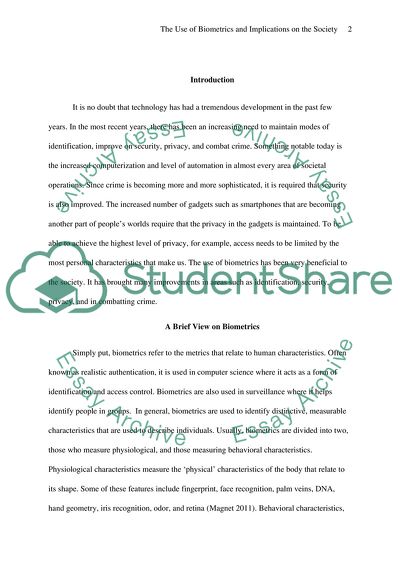Cite this document
(Biometrics' Help to Address Crime, Shape Identification, Security Coursework - 1, n.d.)
Biometrics' Help to Address Crime, Shape Identification, Security Coursework - 1. https://studentshare.org/technology/1867513-biometrics
Biometrics' Help to Address Crime, Shape Identification, Security Coursework - 1. https://studentshare.org/technology/1867513-biometrics
(Biometrics' Help to Address Crime, Shape Identification, Security Coursework - 1)
Biometrics' Help to Address Crime, Shape Identification, Security Coursework - 1. https://studentshare.org/technology/1867513-biometrics.
Biometrics' Help to Address Crime, Shape Identification, Security Coursework - 1. https://studentshare.org/technology/1867513-biometrics.
“Biometrics' Help to Address Crime, Shape Identification, Security Coursework - 1”. https://studentshare.org/technology/1867513-biometrics.


